A New Definition of Jewish
I happened upon a better understanding of Jewish identity while visiting Barcelona. In the course of a few days, my Catalan tour became an unexpected exploration of what it means to be Jewish.
Exiting the Barcelona airport, I hoisted a suitcase into the taxi. My Magen David medallion necklace slid up and out of my shirt. I quickly tucked it back into my shirt. I was afraid of being identified as Jewish while visiting Europe.
Once in the cab, I removed the necklace and turned it around so as to hide the hebrew words. It reads, Shviti Hashem Knegdi Tamid – I will keep God before me always. I’ll keep God next to me, but I’ll take the precaution of keeping the relationship private.
As we were driving toward the city center, the radio station began to play a familiar sounding melody. It was a klezmer song with Yiddish lyrics. Klezmer playing here in Barcelona? The music of Ashkenazi Jews in the land where the Sephardic Jews had been expelled over 500 years ago?
Then the announcers interrupted the song to discuss an exhibition of Chagall paintings. Why of course they would play Klezmer! Chagall came from Vitebsk and painted scenes of the shtetl. So the music of the shtetl was segue to the cultural discussion. I was welcomed to Barcelona, by way of the music of ancestors who trekked from shtetls in Poland, and Lithuania, and Ukraine.
On our first day, anxious to see this beautiful city, we began by walking on the main tourist street, las Ramblas, looking for a place to eat lunch. I had been warned that finding food suitable for us to eat would be a challenge. Spanish cuisine is known for its ham in many forms. And then we found our first kosher restaurant in Barcelona. Yes, our first meal in Catalonia would be kosher and meat. And it was delicious! I noticed that as the men would enter, they would pull a yarmulke from their pocket and place it on their heads. On a few I noticed the tzit tzit, fringes, were tucked into pants and pockets. I was not alone in hiding Jewish identity.
Dinnertime in Barcelona. Where to eat? My pork paranoia was still strong. So we found the other Kosher restaurant in Barcelona. The line out the door was the real entertainment. Insistent Israelis, cordial Canadians, and lots of urgent conversations with the Maître d.
The highlight of Barcelona is La Sagrada Familia, the great modern church designed by Antonin Gaudi. We opted for a large group tour. An American family of 14 joined the group. Where are you from? We asked. “New Jersey. Well, I’m originally from the Bronx and my husband is from Brooklyn.” That’s code for JEWISH! I thought I heard the guide say “Okay, lets have all of the Jews form group number two so you can visit the Church together.” “On your left is a mural depicting the scene where the Jews reject Jesus. Above you is The Last Judgment, where all who do not believe are sent down to hell.” Then we find a portal adorned with the Lord’s Prayer in fifty languages – one of them Hebrew. Now I’m really thinking that this church is wonderful!
Another day and another Jewish identity moment followed. Daytrips from Barcelona include the Salvador Dali museum in Figueras near the French border. On the top floor, in a temporary exhibition, we were greeted with a sign “Aliyah” – picture after picture depicting evocative Israeli themed scenes. Israeli flags and David Ben Gurion were featured. Dali was commissioned to create a suite of paintings about Israel. This was a most unexpected moment of Jewish identity expressed through our association with Israel.
We next went to Girona. This 2000-year-old town is famous for its long Jewish history, home to the great scholar and kabbalist, Moses ben Nachman or Nachmanides. Nachmanides, while known for his Torah and Talmud commentaries, and mystical teachings, was the protagonist of a most famous disputation – forced to debate with a priest who had converted from Judaism. It was a catch 22. If he lost the debate, Nachmanides would have imperiled the Jewish population. If he won, he himself was in danger. And so it was. After winning the debate Nachmanides fled Girona to live in Israel.
The Jewish quarter of the old city of Girona is partly build with large rough stones from the Roman times, on top of which are the smaller square cut stones of Medieval times. The remnant of Jewish Girona is found in its cold cut stones. The artifacts are in the Jewish museum – an ancient stone mikveh and Hebrew inscribed sarcophagus.
The museum tour opened a conversation about Jewish history with our guide. I tried to correct his misconception that it was the expulsion in 1492 that was the critical moment for Spanish Jewry. In fact, in 1391, most of the Jewish population of Christian Spain was threatened with death if they did not convert. In the following 100 years, most Jews in Spain were living as secret Jews. Unfamiliar with Catholicism, these crypto-Jews did not easily blend in with their neighbors. The expulsion of 1492 pushed out those that were suspected of backsliding or those who dared to maintain Jewish identity.
In a few days I had noticed the many ways I experience being Jewish, as a member of a religious community and as an identity – through fear and food, through community and culture, through history and histrionics – all provide connectivity among us. The stories of persecution – escaping the old country and arrival in a new world, from Spain or the Ukraine, are the tropes of the wandering, longing, Jewish zeitgeist. Connection to Israel, our Jewish homeland, comes as much through stories of wars and trips to Israel as it does from Torah and prayers for Zion. Our history, food, music and culture have coalesced us into a people.
And the future of Jewish membership and Jewish identity will be different. Stories of shtetl and struggle will fade. While finding a bagel shop in Barcelona may be surprising, it isn’t going to keep Jewish identity alive. What will connect the next generations with Judaism, and give them pride in being Jewish?
Younger generations ask about what meaning Judaism brings to our lives? Why should they be, act, or identify as Jews? It has to be something more than persecution and something more than meeting strangers and playing Jewish geography. The why be Jewish question is not a question of membership in a club or tribe – it is a question of purpose.
In fact, the “why be Jewish?” question has always plagued us. The Jews of Spain in 1391 asked themselves that question when lives were in the balance. But today’s question is being asked here, today in the United States, when Jews are generally powerful and comfortable. Jew or Jew-ish is a choice. The Government does not impose Jewish identity with persecution. Nor does Jewish identity even require a firm belief in an all-powerful God or the primacy of Torah.
An understanding of what it means to be Jewish is ever changing. In the 1390s in Spain, to be Jewish was to put one’s life on the line to have a relationship with God. In the 1990s, we thought that the goal of being Jewish was to perpetuate Judaism. We called it Jewish continuity. We were wrong.
For this age, I suggest that to be Jewish is to engage with the demands of the world which is currently a troubled planet.
Living in 5779 is to respond to existential questions. How does Judaism direct us to combat poverty and disease? What does Judaism say about protecting the environment? How does my Jewishness inform political choices in a time of resurgent fascism?
And Judaism has always had these issues in mind. Life on this planet is a gift from God we are told to protect. Our people’s story is typified by a defiance of tyrants like Pharaoh. Our Torah teaches us dozens of times to aid the widow and the orphan and to welcome the stranger. An early commandment in Torah is at Exodus 22 when God says ‘You shall not ill-treat any widow or orphan. If you do mistreat them, I will heed their cry as soon as they cry out to Me, and My anger shall blaze forth and I will put you to the sword, and your own wives shall become widows and your children orphans (Exodus 22:21-3).’
The core values have always been there. Yet, the associations we have with being Jews don’t always reflect those values. It is time to shift our focus on how we best live as Jews.
The Jewish identity of 5779 must be based upon shared ideals more than shared cuisine. Our advocacy for human rights should compel us to gather as community. Our defense of civil liberties can be a defining quality of our people.
If there is an issue confronting humanity, there is a Jewish nonprofit already formed. COEJL for environmental advocacy, Hazon for food, Truah for human rights, HIAS on immigration, ADL to combat prejudice, . . . and we have organizations designed to train leaders – the David Project for Israel advocacy, Repair the World for tikkun olam, and Rabbi Gil Steinlauf just created Hineni, to train leaders on LGBTQ issues.
I don’t envision my role as Rabbi to be directing your political and philosophic choices. But my role is to help you reimagine Jewish identity in new ways. A powerful and economically sound community has the ability to make better this troubled world. Don’t tell me you are a bad Jew because you don’t go to synagogue regularly – Tell me you are a great Jew because you are an advocate for peace, justice, and protecting our planet.
If you think I am radical in emphasizing action over religious practice, I have proof texts from our tradition instructing us that advocacy is what it really means to know God.
God says of Abraham: “For I know him, that he will instruct his children and household after him to keep the way of the Lord, to do what is right and just. (Gen. 18:19).
Jeremiah says to know God, means to uphold justice for the poor and destitute (Jer. 22:16). Rabbi Binyamin Lau explained that “Knowing God does not mean simply grasping Torah intellectually. Knowledge of God emerges through action.” Binyamin Lau Jeremiah: The fate of a Prophet, Maggid Books (2010) at p. 35.
This seemingly radical idea expands the religious act beyond the realms of prayer, meditation and seclusion and places it squarely within the sphere of social action and concern for others. Both God and Jeremiah measure your religiosity by your attention to those around you.
Jeremiah said: A wise person should not revel in her wisdom, nor the strong in his strength, nor the wealthy in their riches. For only in this should the reveler revel: understand and know Me, that I am the Lord who exercises kindness, justice and righteousness on earth, for in these I delight – declares the Lord (Jer. 9:22-23).
Part of our teshuvah this Yom Kippur is for our failure to do enough. Just as the prophet Jeremiah declared: ‘If you really mend your ways and your actions; then you execute justice between one person and another; if you do not oppress the stranger, the orphan, and the widow (Jeremiah 7:5-6).’
The future of Judaism might not rely so much on whether or not you eat kosher schnitzel in Barcelona or can identify Jewish art in a museum. Rather, the next phase of Judaism must be based on living through the shared values that will improve the world. Your engagement in the issues confronting us, standing on a Jewish platform, joining with Jewish community, is the Jewish identity the world needs most. And that is what Jeremiah says it means to know God.
What actions we can take as individuals and communities toward this goal? It will be up to each of us to develop our own focus, be it poverty, hunger, equality, immigration, restoring democracy, freedom of the press, or protecting God’s creatures on our planet.
What we know from our tradition is that we need rituals to serve as reminders. The construct of Judaism is to sustain a daily practice not merely as religion whenever practical. So lets think about the Jewish rituals we have and keep them fresh.
For example, it is traditional before lighting Shabbat candles to put money in a charity box. Let’s make it modern: have your family pick a cause of the week and make a donation on Pay pal every Friday night.
For me kashruth is a daily reminder to think carefully about the impact of how I eat. If keeping strictly kosher is not of interest, try keeping “ecokosher” – organic foods, less packaging, cut down on the red meat. All of these will help the environment and do it as part of your Jewish journey.
Need a decorative theme for your next bar or bat mitzvah? Post pictures on Evite of the family marching together against gun violence or preparing food at a homeless shelter.
Better than my suggestions, when you go home, have a discussion about how you can change an existing Jewish ritual to serve as a reminder of your commitment to this world.
And what role do the Jewish Holidays have? The discussion in a sukkah should be how best to aid refugees, since we were refugees. (HIAS) The best theme for your Passover seder, may be “fighting tyrants since Pharaoh” (T’ruah). The Torah you study for Shavuot, the holiday of diary foods, can be about choosing plant based foods instead of meat to protect the environment.
And some spend so much energy debating Jewish membership – is your mother Jewish, is your conversion acceptable. How about we adjust the membership questions a bit? Can we ask – what did your father teach you about being a responsible person? How will your being Jewish make you more aware of the need for caring in the world?
On our last night in Barcelona, we overheard the people at the next table discussing their plans for Rosh Hashanah. Of course, I had to say hello. She was from Philly and he was a Moroccan Jew living in LA. As we spoke about the food he lamented how his mother would be so upset at his eating trayf. But that night I felt I had a topic for a High Holiday talk.
Jewish identity has to mean something more than disappointing our mothers with what we eat. We don’t have to reinvent Judaism. We just have to apply it correctly to the year 5779. As you travel through 5779, make being Jewish a ritual of responsible engagement with the world. Feel strong in that Jewish identity because your activism is a demonstration that you know God.
May we all live in health and strength so that we can report back in a year and tell each other of the ways in which we succeeded in making the world a better place.
R. Evan J. Krame
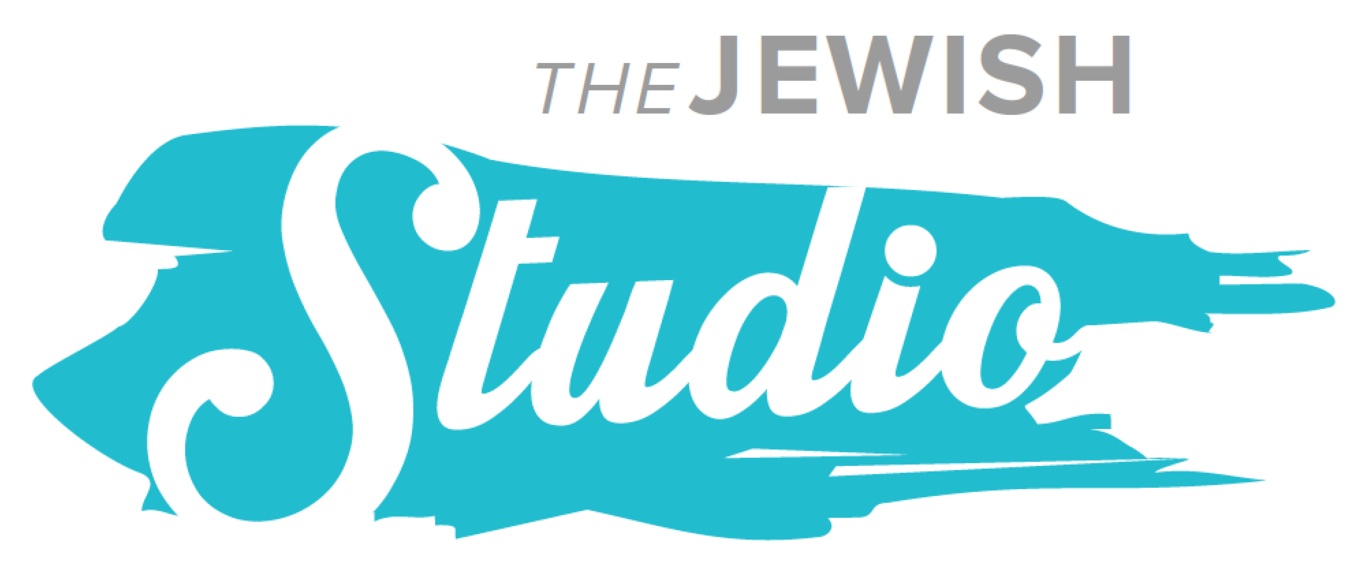
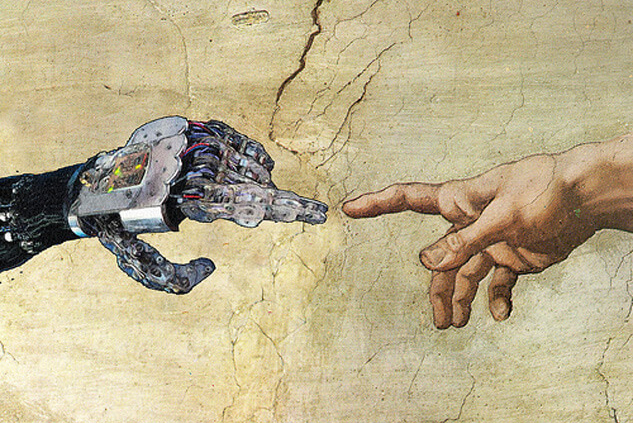


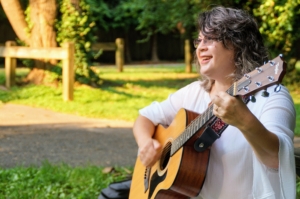
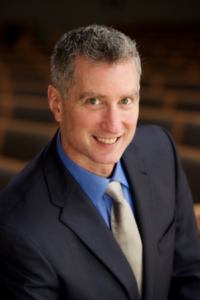
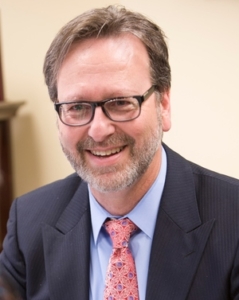 Evan J. Krame was ordained as a rabbi by the
Evan J. Krame was ordained as a rabbi by the